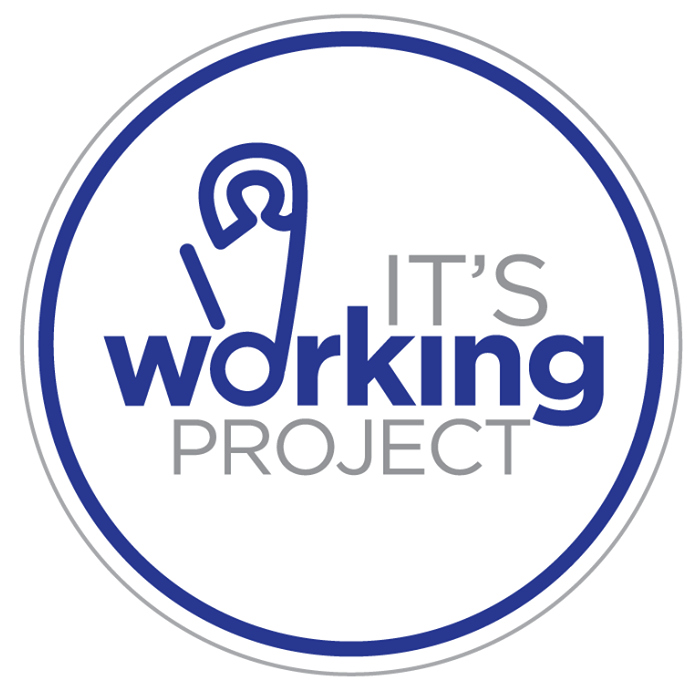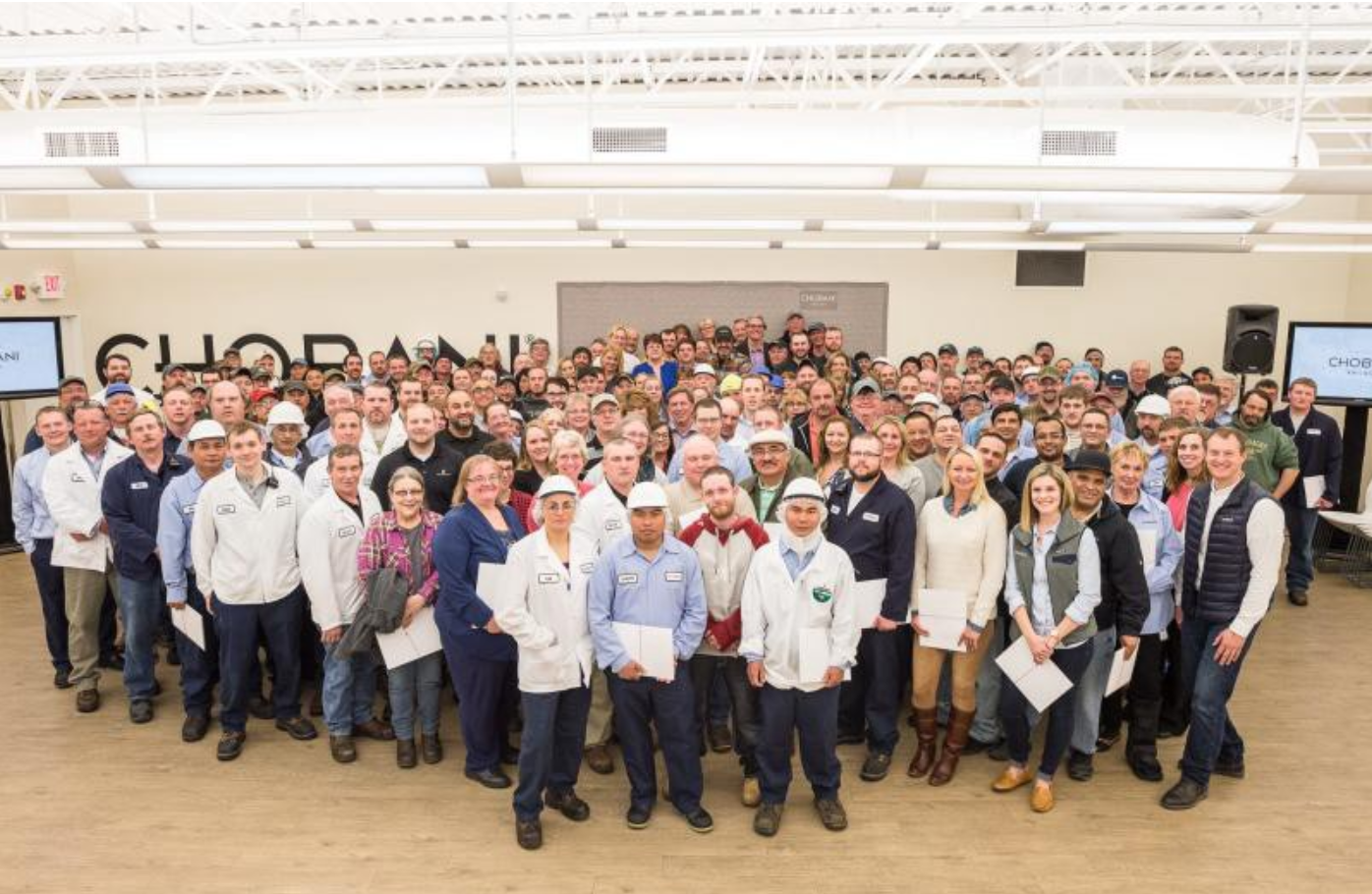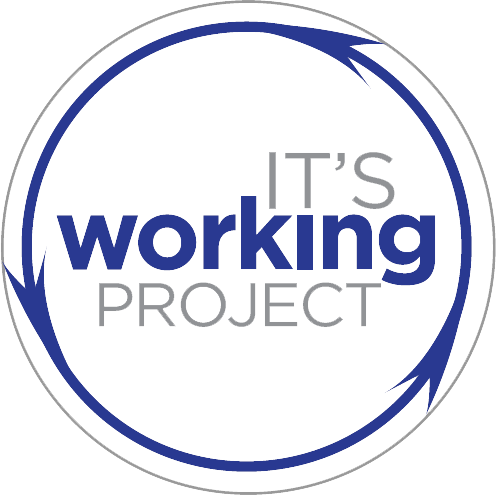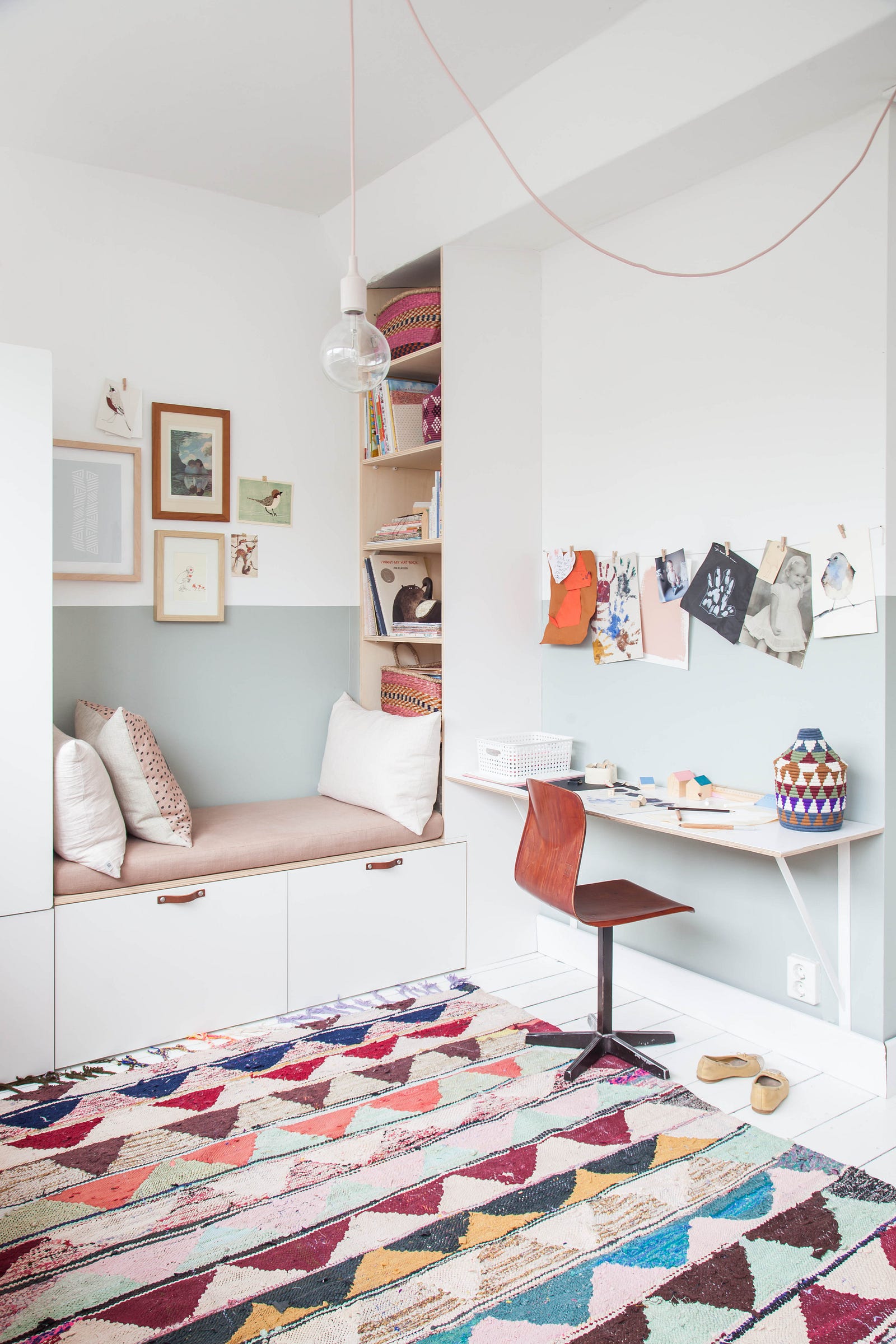When The White House convened the White House summit on working families three years ago they asked a broad range of policy wonks, advocates, thinkers, leaders and dreamers to join and to consider what would come next for the American workforce. They asked me, in particular, to take at look at the private sector — and so exploring I went.

Funny thing — I landed on an answer that was not about regulation, but rather about economics. The truth about corporate growth and the private sector’s ability to retain, recruit and elevate women was obvious. By ignoring (neither asking nor responding) the needs of women in the workplace was itself a large roadblock on the path to long-term success. I suggested that the answer was in supporting the private sector to find ways to bring families back to work with ease, as a matter of course and with a sense of pride. And while I was full of respect and admiration (and support!) for those pushing for regulated change which was both needed and necessary, my bet — at least in the short term was on enterprise.
Three years ago I made a bet. From my bio:
While Julia is “all ears” and interested in the policy debate, she remains squarely committed to the idea that the shortest path to much-needed solutions lie in partnerships and private sector commitments to paradigm shifts. Her rich history of building successful public-private partnerships and promotional programs has led her to this moment of change.
But in the end, it is the economy stupid. And as an economic imperative, the private sector will rise up to create better environments for the whole person, the parent (or child) in the workplace. The basic economic truth is simply that there is no possible way to recruit and retain the quality of employee that builds long-term success without re-imagining the workplace. Simply, that women need to be represented well throughout an organization but certainly within the C-suite in order for long-term success to be assured. This is about men and women, though the catch-up game is clear.This is not a simple fix but certainly a viable and necessary long-term strategy.

And they have — Ikea, Union Square Hospitality Group, Chobani, Netflix, and most recently American Express to name just a few. And those who have not gotten quite “there” yet have made oaths to get there in time — organizations like EY and Campbell’s Soup have committed building robust programs that respond to real need, build loyalty and shift cultures.

WHY? Not to be nice. Not to be popular. But to continue to grow and thrive. Regardless of administration or legislation, cultural commitment, an honest curiosity and focus on who works for you and why -and building a culture to address that — will continue to be the answer. Beyond words or promises comes complex, integrated shifts, real-time progress that not only wins the war on talent but secures longest term successes for enterprise and employee.
This is the premise of the It’s Working Project —and, that is my bet!
Where are you in this shift? Share your story with the It’s Working Project.

